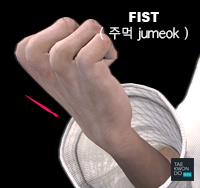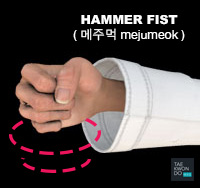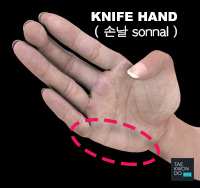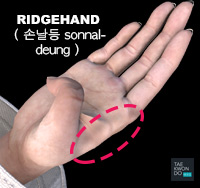Taekwondo 태권도Taekwondo Preschool
When you reach senior belt you are expected to guide the junior belts when they are beginning Taekwondo such as showing by example. To advance from one rank to the next, students typically complete promotion tests in which they demonstrate their proficiency in the various aspects of the art before a panel of judges or their teacher. View Taekwondo belt levels »
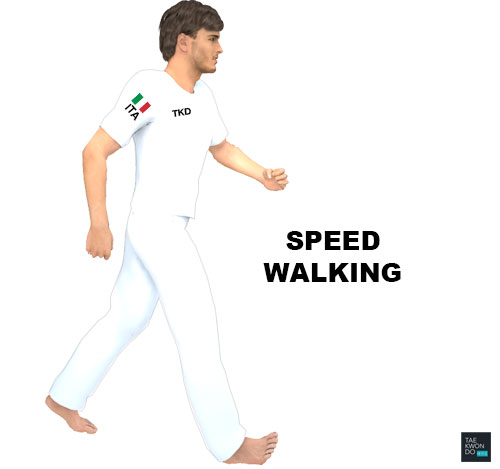
About Speed Walking
The risks and benefits of combining stretching with warming up are disputed, although it is generally believed that warming up prepares the athlete both mentally and physically.
* Please see a certified Master Instructor ( 사범님 sabeomnim ) for training. Proper guidance and instructions are needed to ensure safe training.
Power walking or speed walking is the act of walking with a speed at the upper end of the natural range for walking gait, typically 7 to 9 km/h (4.5 to 5.5 mph). To qualify as power walking as opposed to jogging or running, at least one foot must be in contact with the ground at all times.
Power walking has been recommended as an alternative to jogging for a low-to-moderate exercise regime, for instance 60–80% of maximum heart rate (HRmax). At the upper range walking and jogging are almost equally efficient, and the walking gait gives significantly less impact to the joints. When used in this way, an exaggerated arm swing is often used.
Power walking/speed walking is often confused with racewalking, which has rules to define what counts as walking fast and is also a popular Olympic level event.
Difficulty of Warm-Up Exercise
The risks and benefits of combining stretching with warming up are disputed, although it is generally believed that warming up prepares the athlete both mentally and physically. The more difficult the warm-up, the more practice may be needed for the purpose of improving or mastering it, as in the phrase 'practice makes perfect'.
* Please see a certified Master Instructor ( 사범님 sabeomnim ) for training. Proper guidance and instructions are needed to ensure safe training.
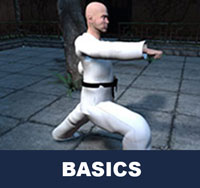
Taekwondo Basics
Here is where you can learn more about Taekwondo 태권도. Knowing the fundamental basics is very important for your learning path as you build your skills and knowledge. There are certain rules that need to be followed to show respect to the master ( 사범님 sabeomnim ), the instructors ( 교사님 gyosannim ), other practitioners and to the martial arts. They vary between schools but many have similar rules and guidelines. For more information View Taekwondo Basics »
Please follow the guidance of a certified Master Instructor or trainer when doing sports related activities. The article provided on this page is information that is widely available on Wikipedia article "Power Walking". Risk of injury can be reduced by completing an effective warm up consisting of a heart raiser to get your pulse up, followed by sport specific dynamic stretches (stretches whilst moving).
There are five tenets defined in the International Taekwondo Federation (ITF) and several more in World Taekwondo (WT).
Perseverance ( 인내 in-nae ): "One will persevere time and time again until they have achieved a result which is adequate towards what one was trying to achieve." View Taekwondo Tenets »
RESOURCES
This article uses material from the Wikipedia article "Power Walking", which is released under the Creative Commons Attribution-Share-Alike License 3.0.




